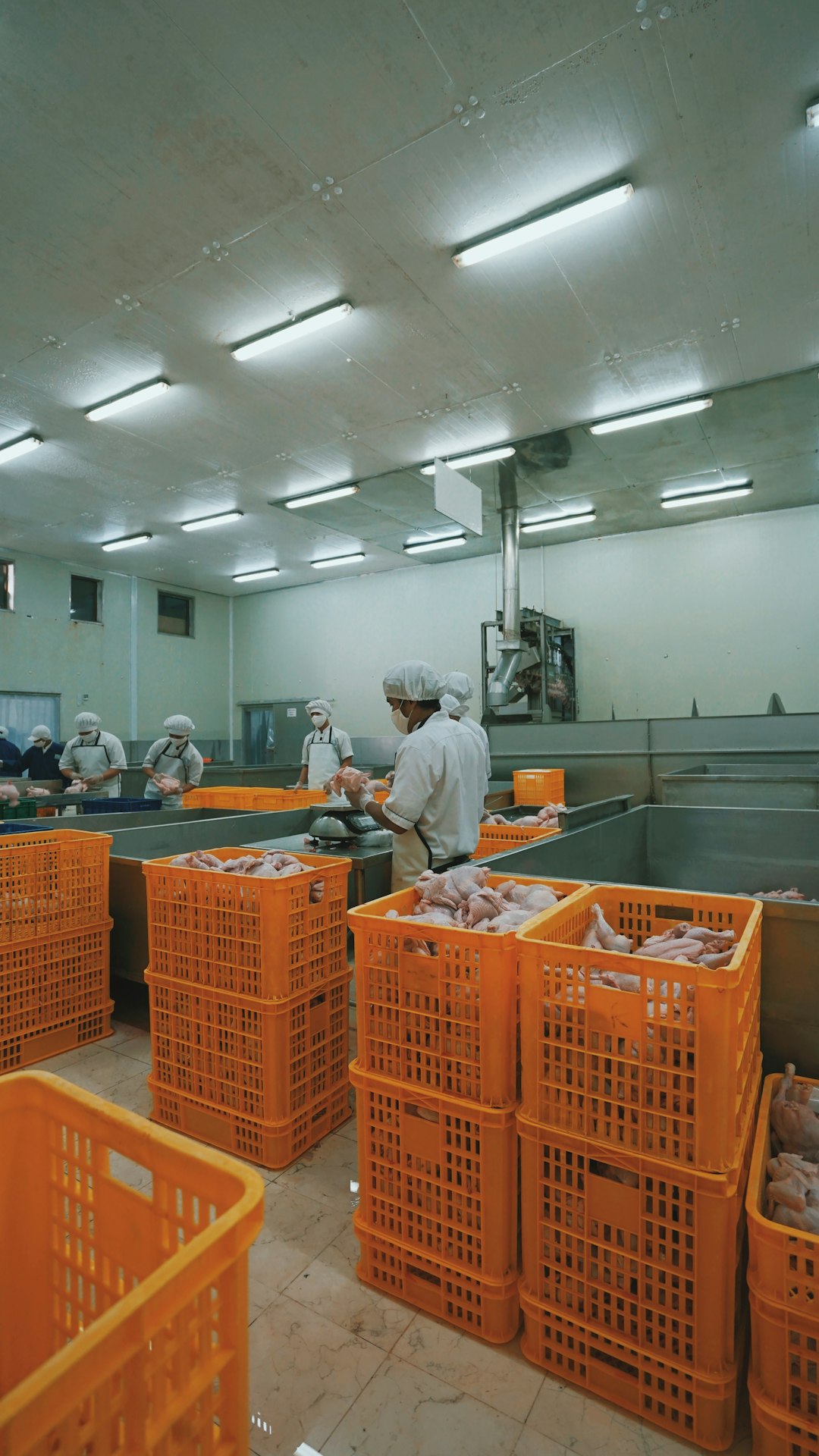Understanding the Benefits of Collaborative Robotics in Manufacturing
Manufacturing processes have come a long way over the years, with advancements in technology continually revolutionizing the industry. One such technological advancement that has gained significant attention is collaborative robotics, also known as cobots. These robots are designed to work alongside humans, enhancing efficiency, productivity, and safety in manufacturing operations. In this blog post, we will delve into the benefits of collaborative robotics in the manufacturing sector.
1. Increased productivity: Collaborative robots are incredibly fast, accurate, and capable of working without breaks, leading to a significant boost in productivity. These robots can perform repetitive tasks with precision, minimizing errors and inconsistencies. By automating mundane and repetitive tasks, human workers can focus on higher-value activities such as problem-solving, overseeing operations, and managing complex tasks. This increased productivity allows manufacturers to meet production targets more efficiently and effectively.
2. Improved safety: Safety is always a concern in manufacturing processes. Collaborative robots are designed with advanced safety features, including force sensing and vision systems. These features enable robots to detect the presence of humans and react accordingly. When a human comes too close to a collaborative robot, it can immediately stop or slow down its movements, reducing the risk of accidents and injuries. Manufacturers can, therefore, create a safer working environment for their employees, resulting in fewer workplace accidents and increased employee satisfaction.
3. Flexibility and adaptability: Traditional industrial robots are typically specialized for a specific task and require extensive programming and setup. On the other hand, collaborative robots are designed to be more flexible and easily programmed for various tasks. Thanks to their intuitive user interfaces and easy-to-use programming software, even non-technical personnel can program cobots to perform different operations. This flexibility allows manufacturers to adapt to changing production needs and easily switch between tasks, reducing downtime and increasing operational efficiency.
4. Cost-effectiveness: Integrating collaborative robots into manufacturing processes can lead to significant cost savings. While the initial investment may seem high, cobots offer a quick return on investment due to their increased productivity and decreased error rates. By automating repetitive tasks, manufacturers can reduce their labor costs and reallocate human resources to more skilled and complex tasks. Additionally, cobots require minimal maintenance and can operate continuously without breaks, further reducing operational costs. These cost savings make collaborative robots an attractive option for manufacturers looking to improve their bottom line.
5. Enhanced product quality: Collaborative robots are incredibly precise and consistently perform tasks with accuracy. This leads to improved product quality and consistency, as robots eliminate human errors caused by fatigue, distractions, or variations in performance. By automating critical processes, cobots ensure that products meet strict quality standards, resulting in higher customer satisfaction and reduced defects. This improved product quality can positively impact a company’s reputation, leading to increased customer loyalty and market competitiveness.
6. Increased employee satisfaction: Collaborative robots are not intended to replace human workers; instead, they are designed to work alongside them. By automating mundane and repetitive tasks, cobots free up human workers to engage in more meaningful and challenging work. This redistribution of tasks enhances job satisfaction and employee morale. Employees can focus on tasks that require problem-solving skills, creativity, and critical thinking, leading to a more fulfilling work experience. Collaborative robots, therefore, contribute to a positive work environment and promote a sense of accomplishment among employees.
In conclusion, collaborative robotics is revolutionizing the manufacturing industry by combining the strengths of human workers and robots. The benefits of collaborative robotics in manufacturing are numerous and impactful. From increased productivity and improved safety to flexibility, cost-effectiveness, enhanced product quality, and increased employee satisfaction, cobots have the potential to transform manufacturing processes. As technology continues to evolve, it is crucial for manufacturers to embrace and leverage collaborative robotics to stay competitive in an ever-changing global market.


